From position seven to featured snippet: How I ranked #1 on Google in 24 hours
Achieving a top-ranking position on Google might seem daunting, but it’s not always reserved for advanced SEO experts. In a 24-hour challenge, I revamped a blog post from the bottom of page one to ranking at the top, using simple but effective SEO strategies. This post takes you through the journey step-by-step, detailing the insights, tactics, and tools I used to make this happen.
The challenge: Moving from position seven to #1
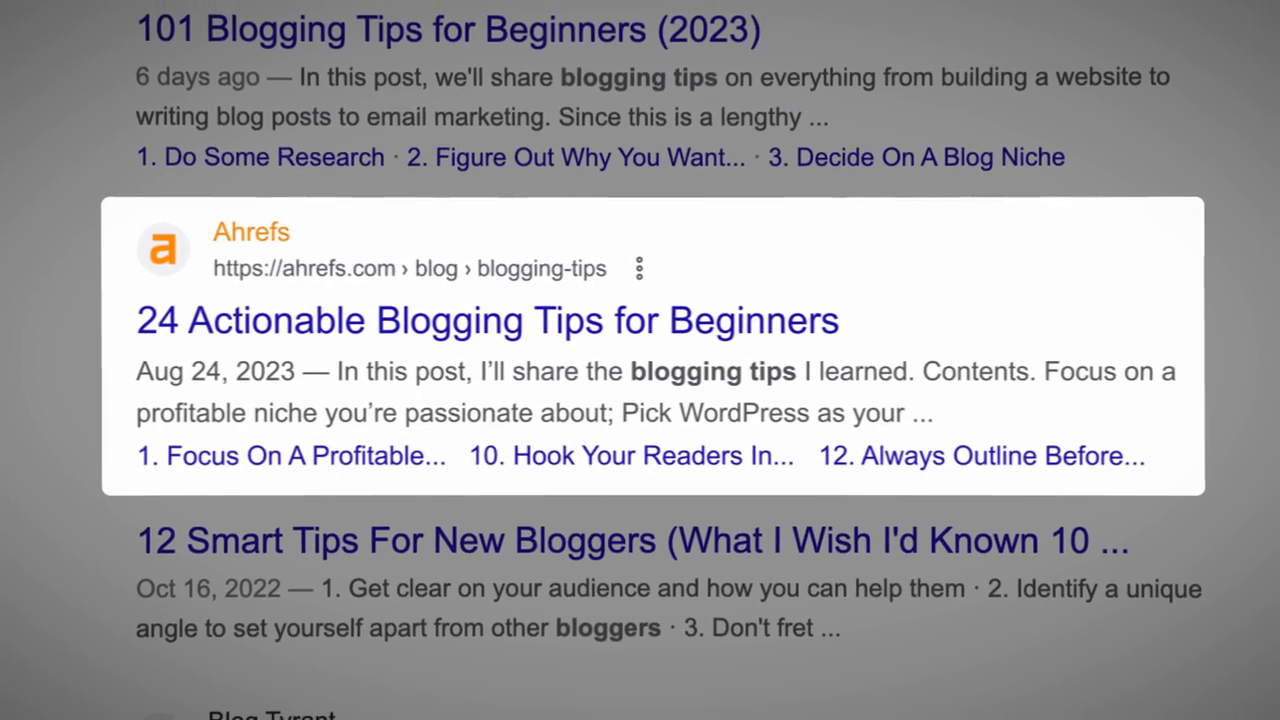
The blog post began on position seven, nearly invisible at the bottom of page one.
The task was straightforward: move a blog post ranking seventh for “blogging tips” to the #1 position within 24 hours. On the surface, this might sound almost impossible. Competing with established pages in a highly competitive niche requires either advanced SEO techniques or sheer luck. To make things more challenging, I decided to stick to basic SEO techniques to show that even beginners can achieve impressive results.
Here’s the 5-step plan I followed:
- Find the root cause of why the page wasn’t ranking higher.
- Plan the best way to outrank competitors — fast.
- Implement the necessary actions to improve rankings.
- Ping Google to reevaluate the page.
- Achieve the #1 ranking for “blogging tips.”
Step 1: Understanding why the page wasn’t ranking
The first step was to figure out why the page ranked lower than competitors. Websites typically don’t perform due to either a lack of content relevance or inadequate backlinks. Since the blog post had over 200 quality backlinks (more than the competitors), it was clear that the issue was with the content itself. Google didn’t consider the page the best fit for users searching for "blogging tips."
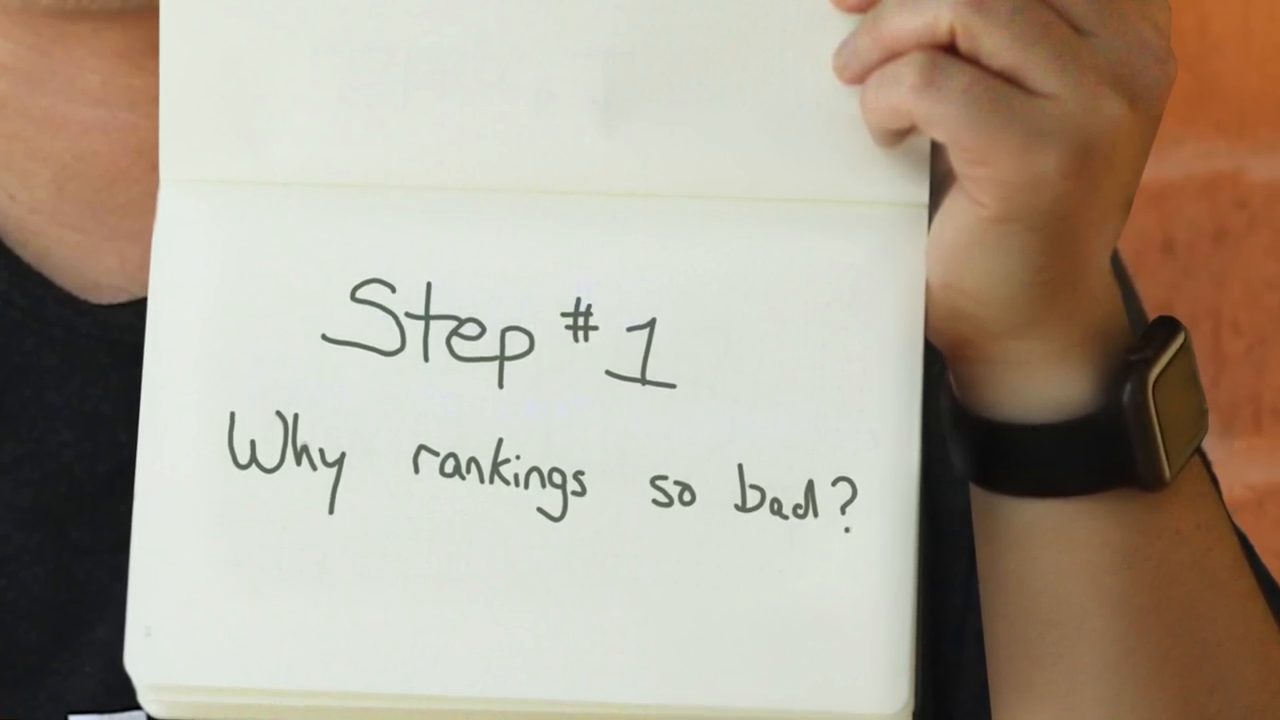
A content-focused SEO optimization was identified as the way forward.
Step 2: Planning the next steps
Through competitive research and observing the top-ranking competitor’s content, I recognized two key opportunities for improvement:
- Featured snippet optimization: The top result included a “table of contents” styled list with clickable jump links. They clearly structured their “blogging tips" headings, making them more useful for readers and Google.
- Clarity in headings and descriptions: While my blog had a similar layout, the competitors explained their tips more clearly, making them easier to interpret and more engaging.
From here, I had two potential plans:
- Option A: Rewrite and improve the entire article to make it more useful, detailed, and aligned with search intentions.
- Option B: Take a quick and targeted approach by revising only the headings and improving its structure to outperform competitors.
While tempted by the faster route of Option B, I chose to fully commit to Option A to ensure long-term results.
Step 3: Optimizing content with simple tools (and fighting setbacks)
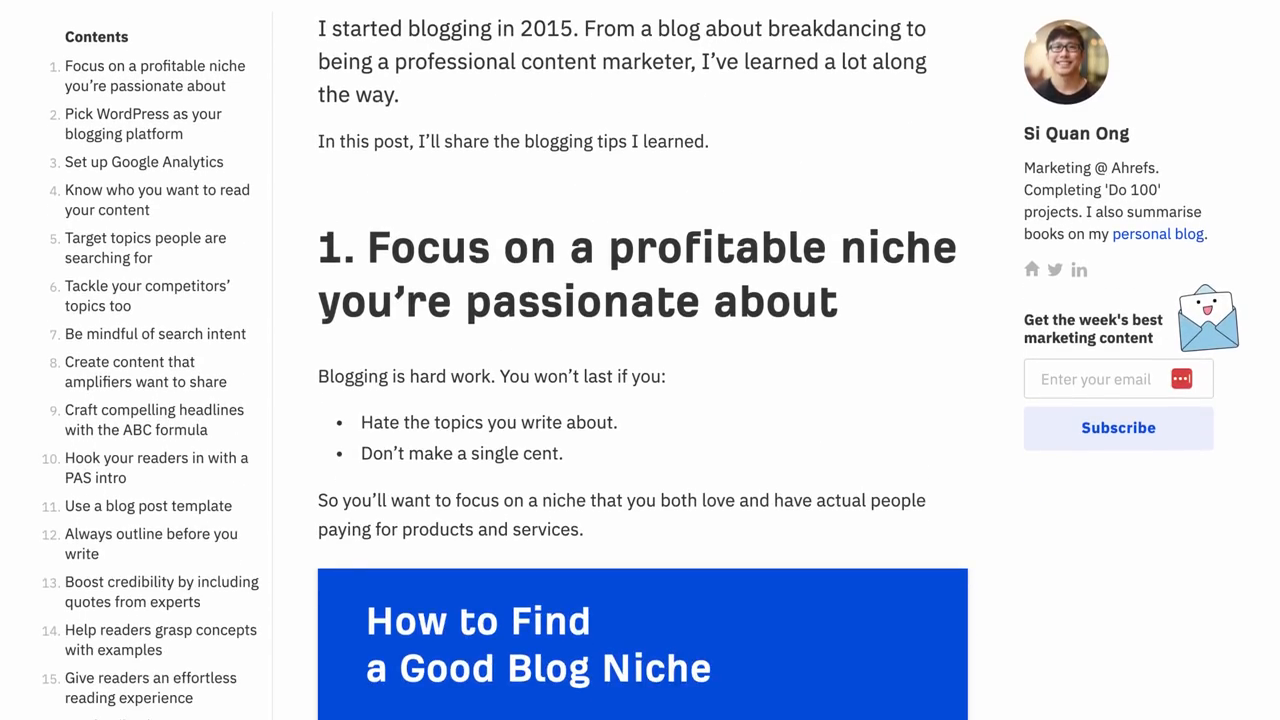
Making changes to the blog post while racing against the clock.
The early hours of the challenge involved revising the entire article. However, I quickly realized that manually rewriting sections would take far too long. This was when AI tools like ChatGPT became game-changers. Using prompts like, “Rephrase these headings to make them clearer and more concise,” I was able to refine all 24 key tips in seconds. These changes made the blog content far more actionable and reader-friendly.
With clearer headings implemented into WordPress, I hit Update. Within two hours of deliberate content changes, the post was ready to be evaluated by Google.
Step 4: Pinging Google to reassess content
One of the fastest ways to have Google notice changes to your site is through Google Search Console’s indexing request feature. I used this tool to notify Google about the updates, hoping that the search algorithm would prioritize reindexing my page.
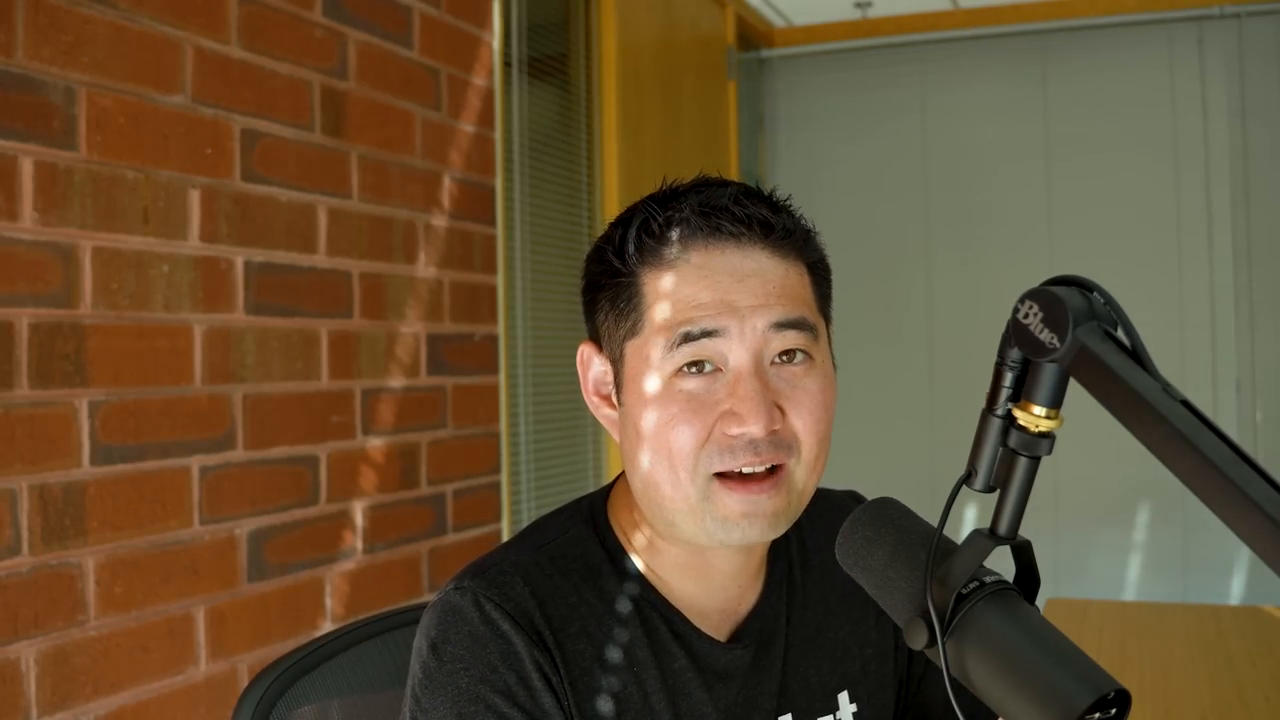
Submitting the updated blog post to Google for reevaluation.
Step 5: The race for a featured snippet
After requesting reindexing, I grabbed a burrito for lunch – and couldn’t help checking rankings. To my surprise, on mobile devices, my blog now ranked #1 for “blogging tips!”
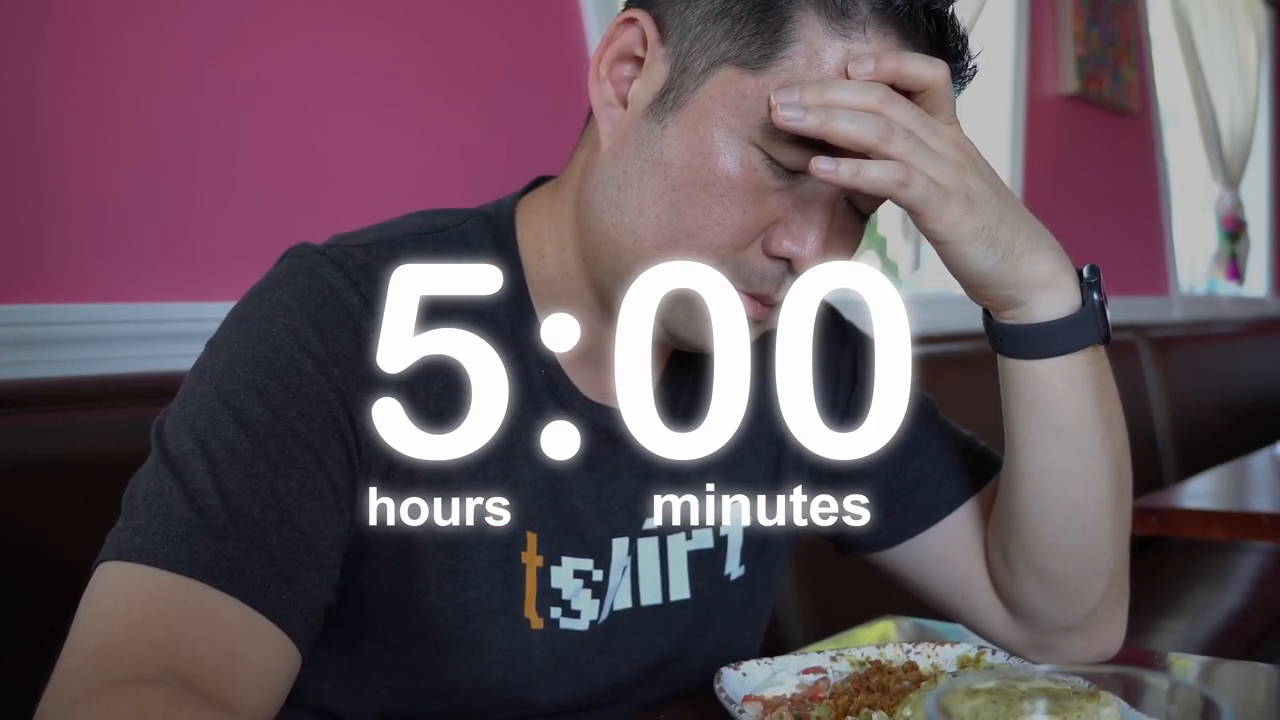
Initial success: the blog ranked #1 on mobile within hours.
However, desktop rankings didn’t show the same success – and the ultimate goal of achieving the featured snippet remained out of reach. Returning to the office, I strategized improvements during the remaining hours of the challenge. It became clear I needed to explore the broader queries users searched for, like “how can I get better at blogging?” and address overlooked topics.
Adding competitive keywords and subtopics
One tool that proved invaluable was Ahrefs’ “Also Talk About” report, which highlights additional topics related to search queries. By comparing this report with my blog’s current content, I identified critical gaps (e.g., "social media," "email marketing," and "content strategy"). Using another ChatGPT prompt, I seamlessly added these missing elements into the article within minutes.
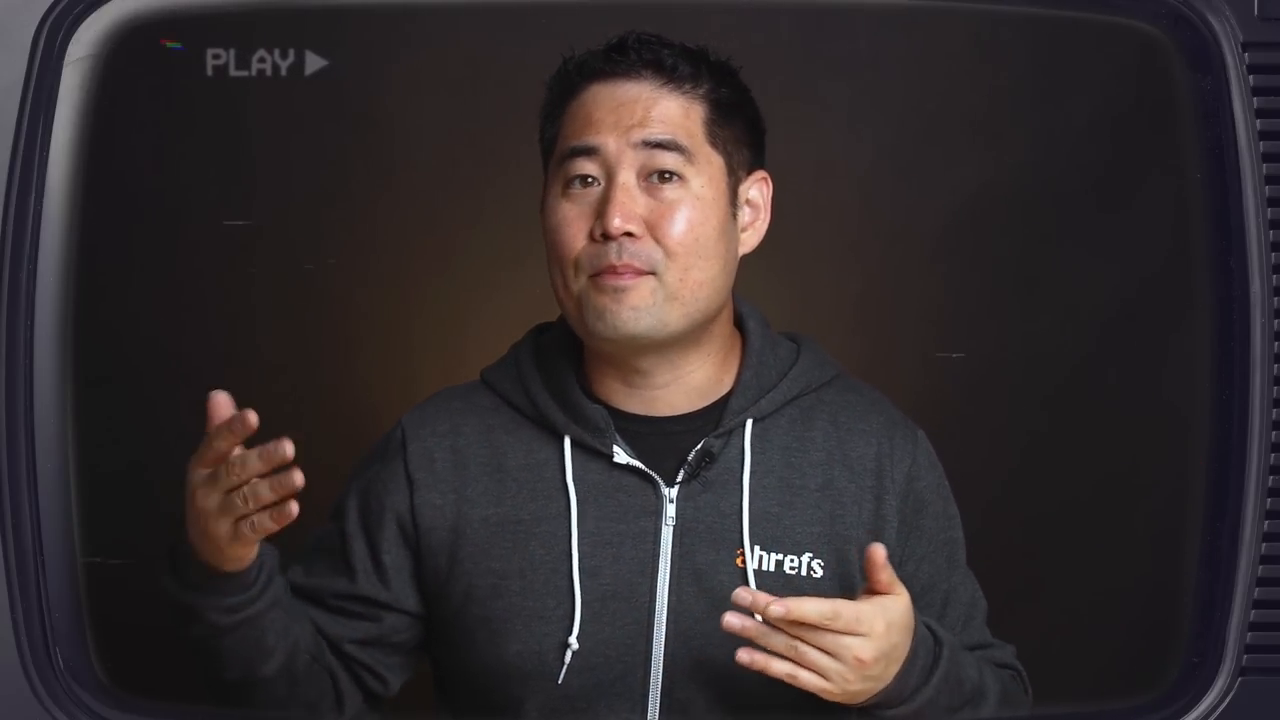
Determining gaps in content coverage using AI and SEO tools.
The results: Immediate ranking success (with caveats)
After integrating the improvements, I re-published the content and submitted a second indexing request in Search Console. By the next morning, I confirmed that the blog retained its top position on mobile and even performed at #1 in specific U.S. regions, like New York.
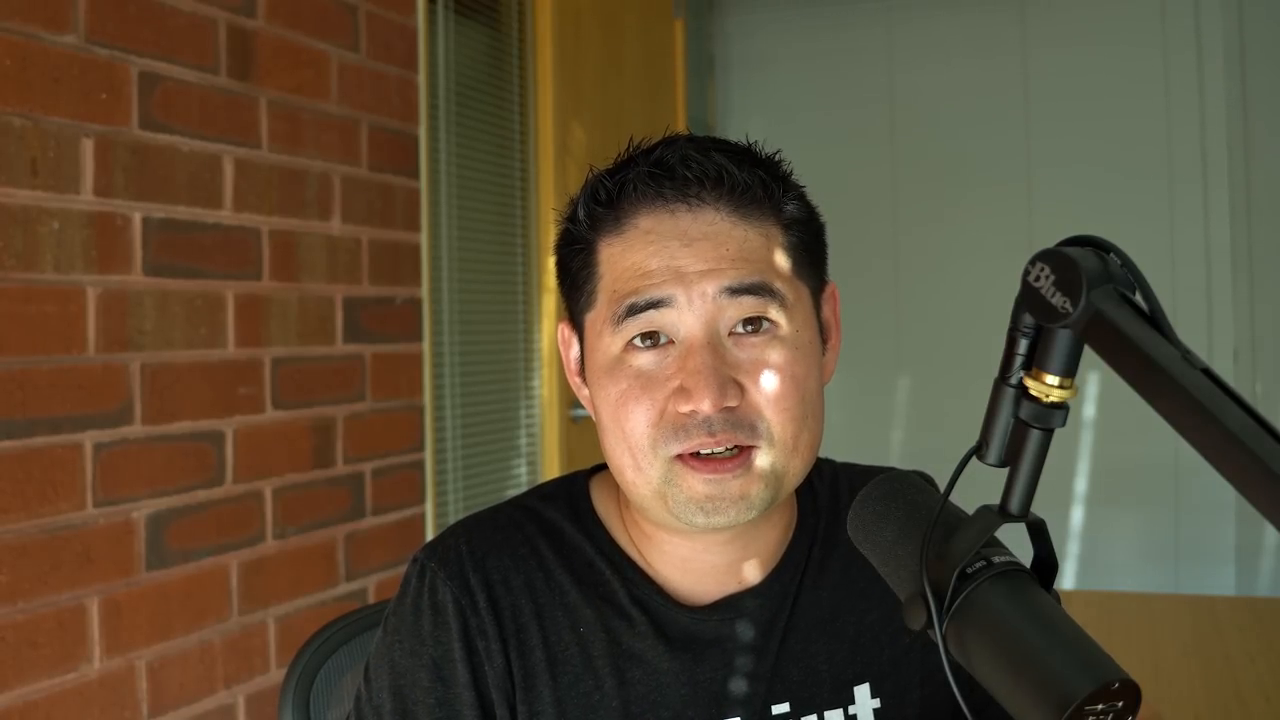
Using a VPN confirmed regional success, as rankings varied by location.
However, desktop rankings continued fluctuating, and we failed to capture the coveted featured snippet within 24 hours. But that wasn’t the end of the story — five days later, the post secured the featured snippet for "blogging tips" in all 50 U.S. states!
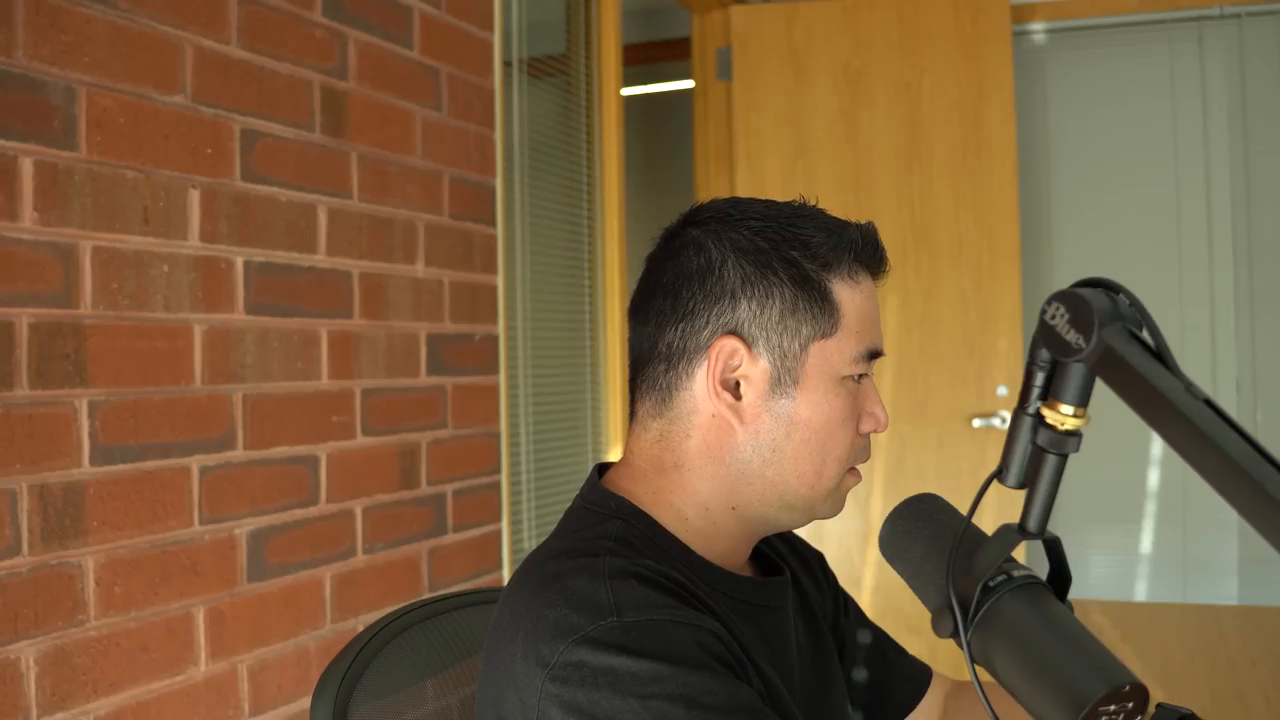
Our blog ultimately captured the featured snippet, validating the strategy.
Lessons learned about SEO rankings
While I ultimately succeeded, the journey revealed several valuable lessons:
- Content relevance is king: Even with superior backlinks, Google prioritizes content that best aligns with search intent.
- AI tools can save hours: From rephrasing descriptions to identifying missing subtopics, tools like ChatGPT and Ahrefs drastically accelerate workflows.
- Patience pays off: SEO changes might not yield instant results, but persistence and continuous optimization can make an enormous impact over time.
Conclusion: From page one to featured snippet
Using basic SEO fundamentals, competitive insights, and AI assistance, I proved that you don’t need advanced tactics or years of expertise to rank highly on Google. With a bit of creativity and a willingness to adapt quickly, achieving the #1 spot is attainable even in competitive niches like “blogging tips.”
The featured snippet might’ve appeared five days late, but the strategy of optimizing content, addressing user intent, and leveraging SEO tools undoubtedly worked. And yes, the delicious burrito helped, too.
